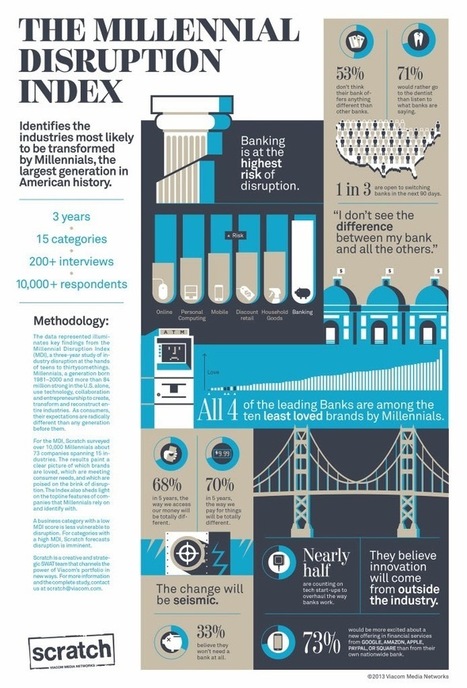What if tomorrow you woke up and found out that you suddenly had to compete against a customer experience giant – the likes of Southwest, Apple, or the Ritz Carlton. What if one of these well known and deeply loved brands swooped into your marketplace? Would your customers stay? Or would they happily test out the new entrant? Would they be delighted to have options instead of being forced to do business with you and your usual group of hardly differentiated competitors? Could you compete against a customer experience giant?
This is exactly what happened to the B2B supply industry when Amazon joined the industrial distribution market last year. Product categories covered include: lab equipment, occupational health and safety, janitorial and sanitation, office, power and hand tools, and the list goes on. In true Amazon fashion, orders over $50 or more receive two day shipping. In addition, they offer free 365 day returns and financing through their corporate lines of credit. Overnight, B2B suppliers were faced with competing against a company with a notoriously delightful customer experience.
Not surprisingly, there’s been a healthy amount of debate around how willing customers will be to trade in personal service for faceless procurement. But new research by Acquity Group shows that buyers have been quite willing to at least give Amazon Supply a try. Now, to make matters worse, Google is joining Amazon in the fight for the B2B buyer as it rolls out services to the electrical and electronics industries....



 Your new post is loading...
Your new post is loading...















Coming soon to other demographics near you!